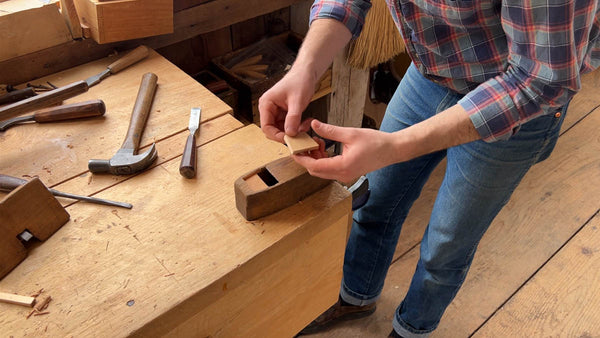Blog RSS
Engaged Focus
John Brown had a unique shop habit that caught the attention of anyone who entered as he worked on his chairs: At one end of the workbench, he kept a lit candle. Now, as anyone who has done a reasonable amount of handplaning can attest, the curly waste products so produced do not mix well with open flames. Actually, it would be more accurate to say that they mix all too well – a spark or drip of flaming wax into a pile of shavings creates an almost instant conflagration. But Brown used the candle as a device, a means, to promote focus. Counterintuitively, he introduced this new element of risk as a way to actively prevent mishap. He explained:...
Last Call for “Back to the Bench” Discount
After this weekend, the $9 discount code for our latest course Back to the Bench: Restoring & Using Heritage Tools will expire. This code is available to all subscribers of the M&T Daily Dispatch. If you’re already signed up for the Dispatch, you will find the code under the “Membership” tab. If you want to try out a one-month trial ($5), you will also receive your code in our “Welcome” note. Thanks for your support, everyone! Mike and I have been getting notes from very happy customers – and we love it when that happens. From the looks of it, there are lots of old tools getting back in working order now after years of neglect. One customer (Michael O.)...
A Difficult Tool to Make
I began to research the different ways these axes were made after I decided I wanted to have one custom made to my specifications. There are two styles of sockets: blind and through. The blind socket is mostly seen on hewing axes (single and double bevel) as well as other small axes. The through socket is mostly used on larger axes, such as the felling axe. There are some smaller axes and side axes that also utilize the through socket, but these are quite rare. As you might imagine, these tools are hard to make. They involve multiple forge welds, some involving thin metal stock. You might wonder why this design was produced at all – there are simpler ways...











